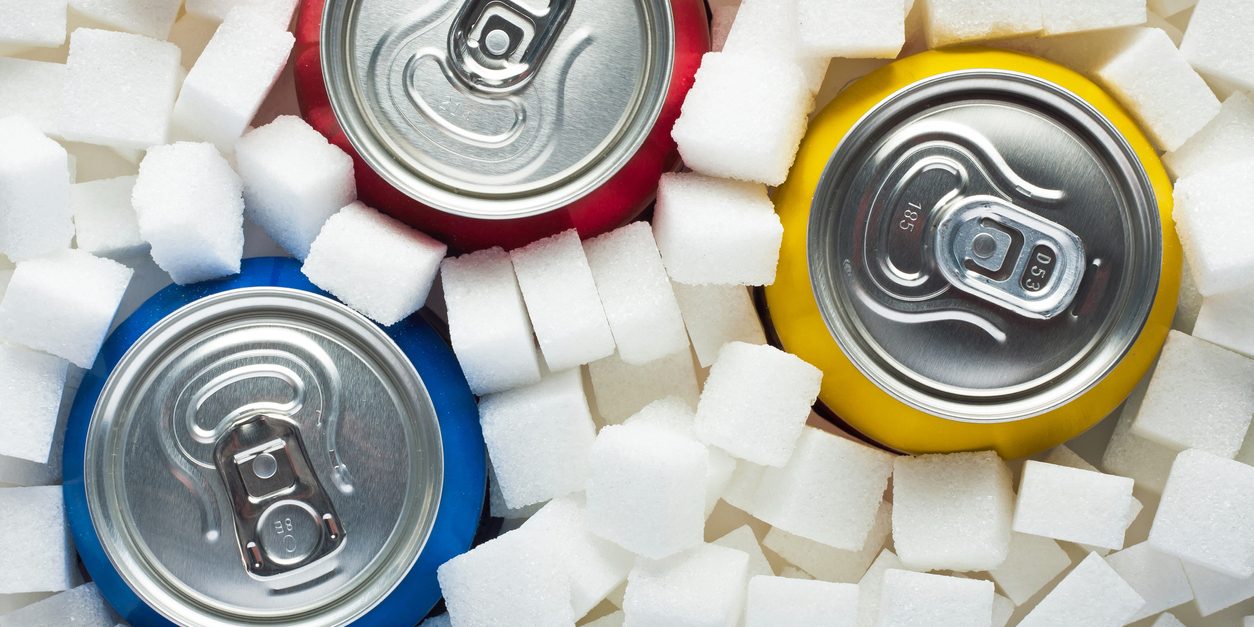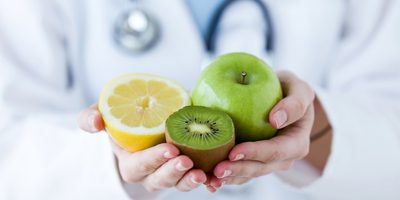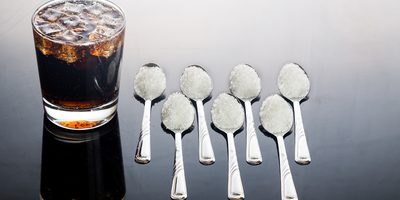
Voluntary initiatives to reduce sugar in Aussie beverages not hitting the sweet spot
A new study analysing sugar content in Australian beverages shows that a voluntary industry pledge to reduce sugar had little or no impact on companies actually doing so. Decreases were larger among those companies that had not signed the pledge than those that had.
Sugar content in non-alcoholic drinks has gone down by a mere 17 percent over the last five years, despite ample evidence on the health harms associated with eating too much of it. Much of this is driven by the introduction of new low to zero-sugar drinks in the market, rather than companies’ commitment to a non-binding promise.
The paper, co-authored by researchers at The George Institute for Global Health, has been published in the journal Public Health Nutrition.
“Our analysis shows that voluntary initiatives haven’t gone far enough to be able to tangibly reduce sugar content of drinks to the desired extent. The time has come for Australia to consider whether fiscal measures would be appropriate, particularly considering the positive impact the so-called sugar taxes have had in reducing sugar intake in many countries across the globe.,” says lead author Dr Ana-Catarina Pinho-Gomes, Honorary Research Fellow at The George Institute UK.
In Australia, a quarter of children and adolescents and over two thirds of adults are living with overweight or obesity. Poorer households, regional populations and First Nations people, bear most of this burden. Evidence suggests this may be partially explained by excessive sugar intake.
The WHO recommends that people eat no more than 13 teaspoons of free sugars a day to prevent unhealthy weight gain. Free sugars include sugars such as glucose, fructose and table sugar that are added to foods, and sugars naturally present in honey, syrups, fruit juices and concentrates. The average Australian is eating 14 teaspoons a day, with adolescents and young adults consuming far more. More than half of free sugars in the Australian diet derive from beverages including soft drinks, sports and energy drinks, and juices.
This study analysed an average of 1,500 such non-alcoholic beverages sourced from the FoodSwitch database. FoodSwitch is a smartphone app developed by The George Institute that collects and analyses data from packaged food labels. It allows consumers to make better food choices by providing nutrition information on a scanned product and suggesting healthier alternatives to 'switch' to.
The analysis also found that sugar content in sugar sweetened beverages (SSBs) dropped by only 10 percent during the study period - an even smaller reduction than in the non-alcoholic beverages category overall. This could be explained by the introduction of new products with low or no-sugar rather than reformulation of older products to reduce their sugar content.
“There is an inherent conflict between public health and the industry’s profit objective. If we are to curb excessive sugar consumption from soft drinks, we need to move beyond ineffective industry pledges and legislate a tax on SSBs as more than 54 other countries have done,” says co-author Dr Alexandra Jones, Senior Research Fellow at The George Institute.
There is mounting evidence to support the benefits of SSB taxation. A recent systematic review of countries including Mexico, Portugal and the UK, found that taxing SSBs and the resultant price increase brought down demand and consumption considerably.
“The benefits of such taxes are fourfold - they introduce a price signal to consumers that a product is unhealthy; they create disincentives to buy them; they provide profit incentives for manufacturers to reduce sugar content; and they generate revenue that governments can reinvest in public health,” adds Dr Jones.
Modelling by the Australian Medical Association in 2021 suggests that a tax on selected SSBs can reduce sugar consumption from soft drinks a great deal. Earlier studies have shown how this could reduce obesity among men and women over a lifetime.
The WHO supports a taxation of SSBs as a ‘best buy’ policy to reduce sugar intake. Complementary measures like introducing pack size limits, improving information on added sugars on food labels, and setting mandatory targets on sugar content in SSBs, are other important ways to cut sugar intake and, hence, improve population health.







